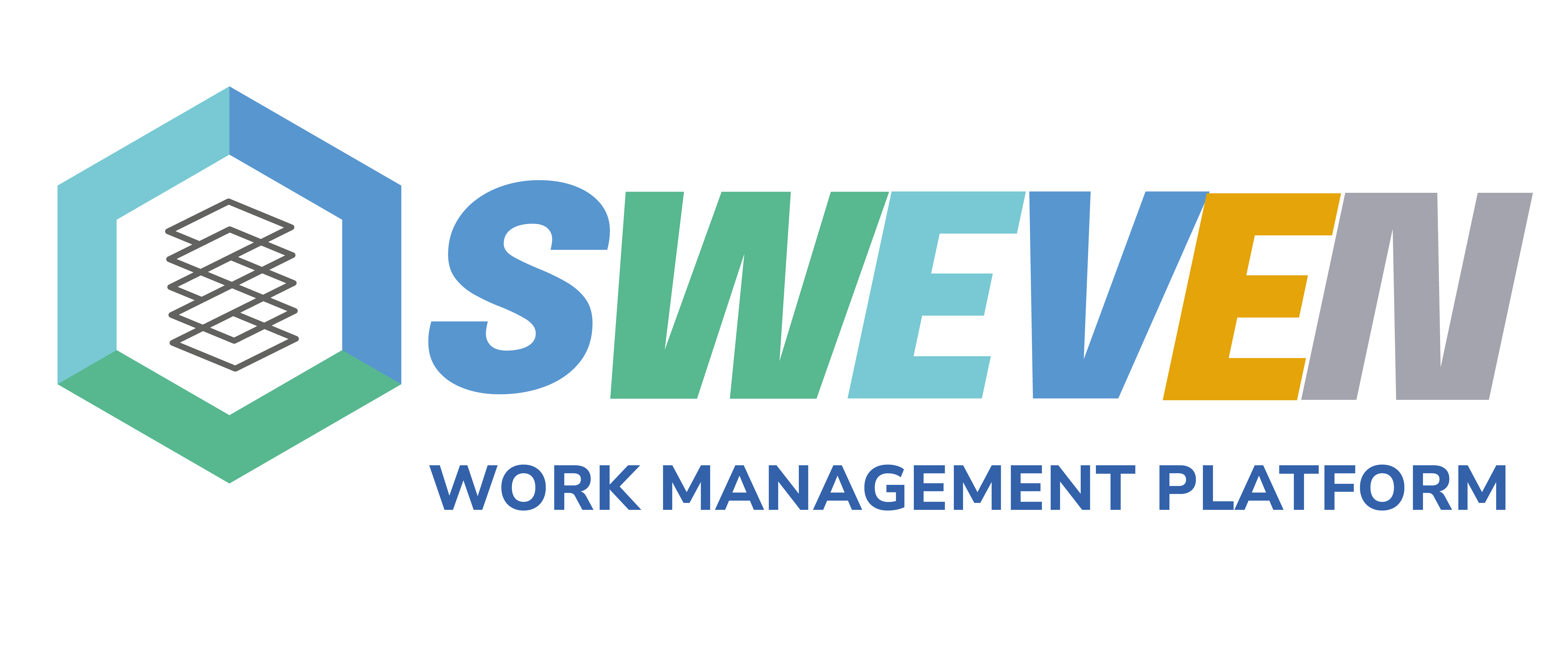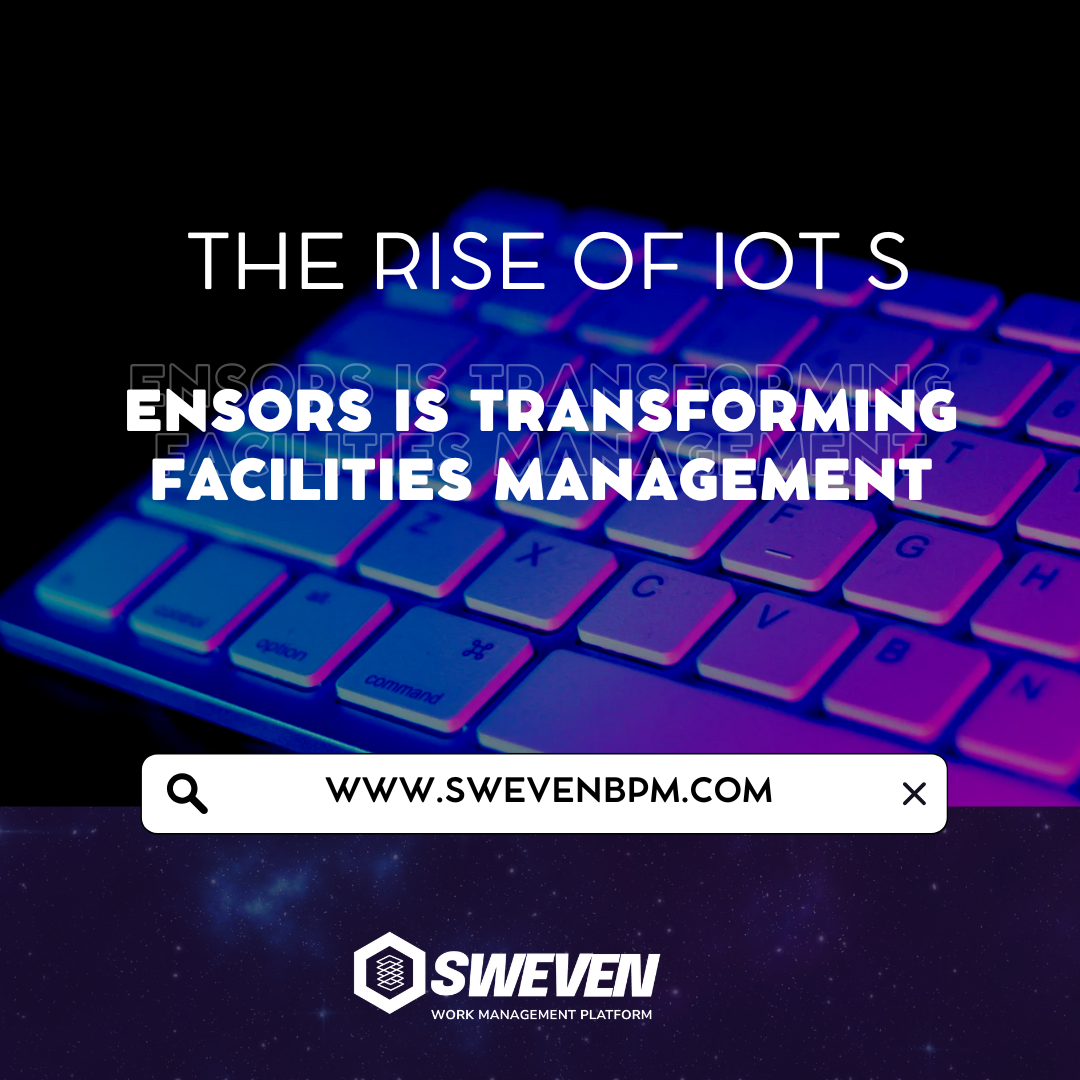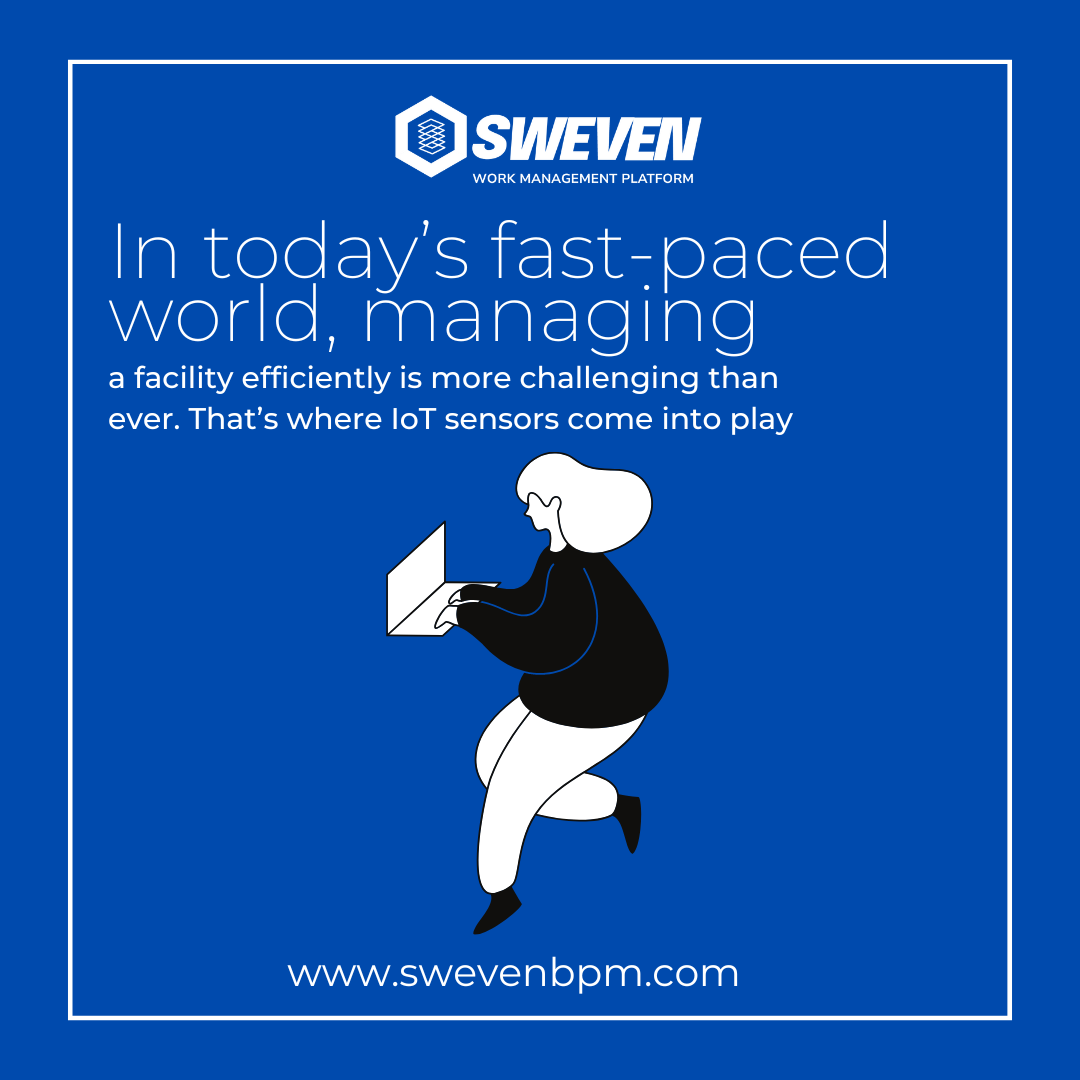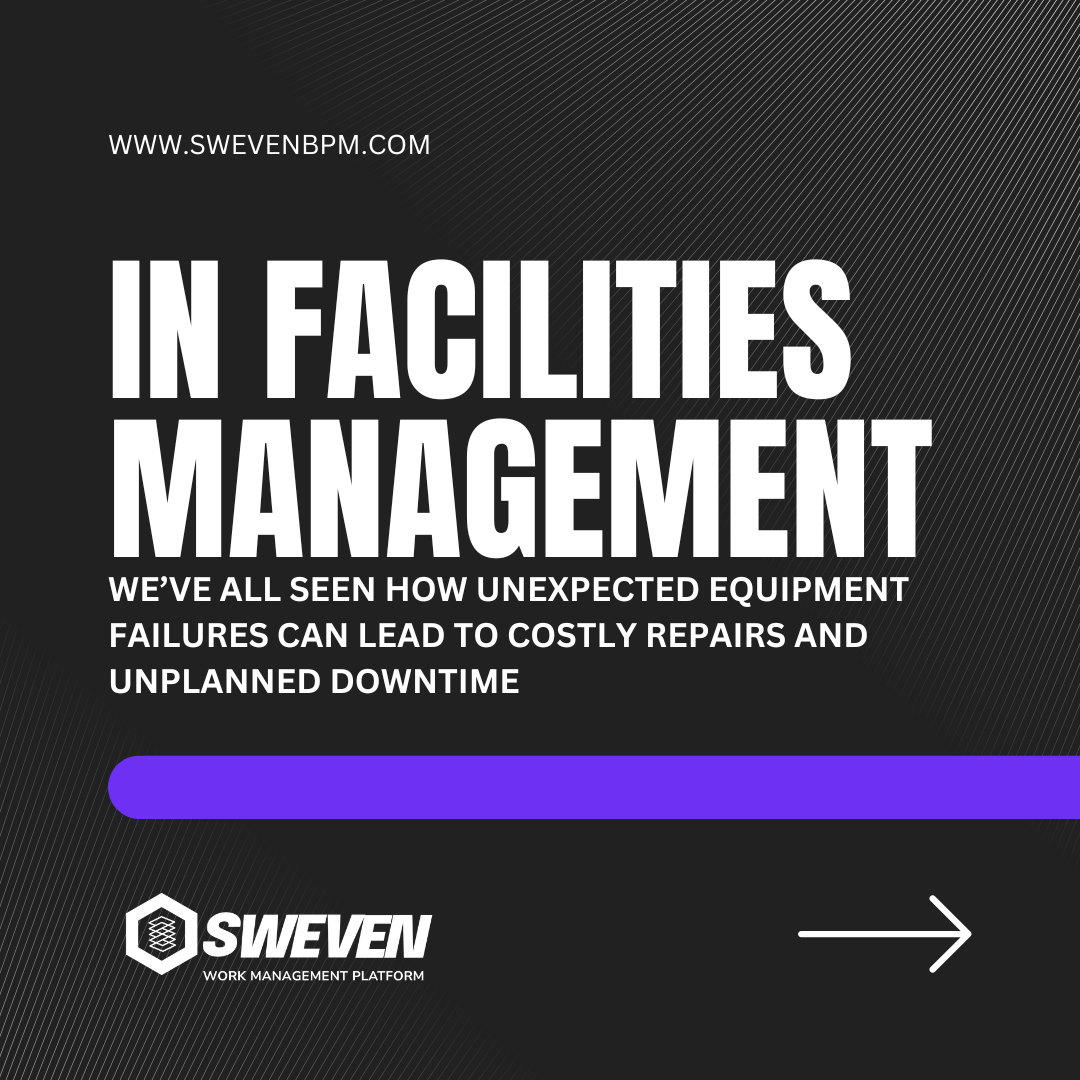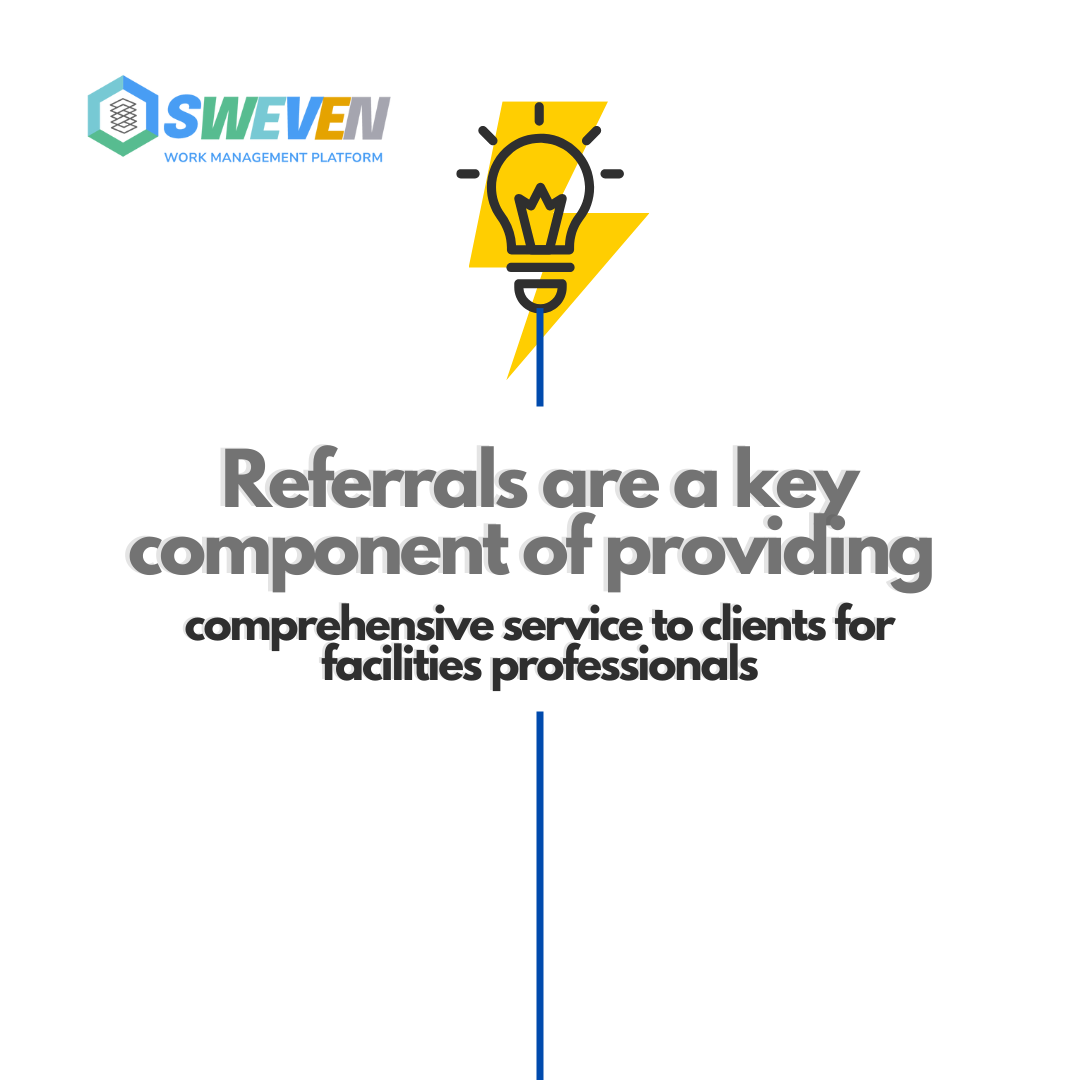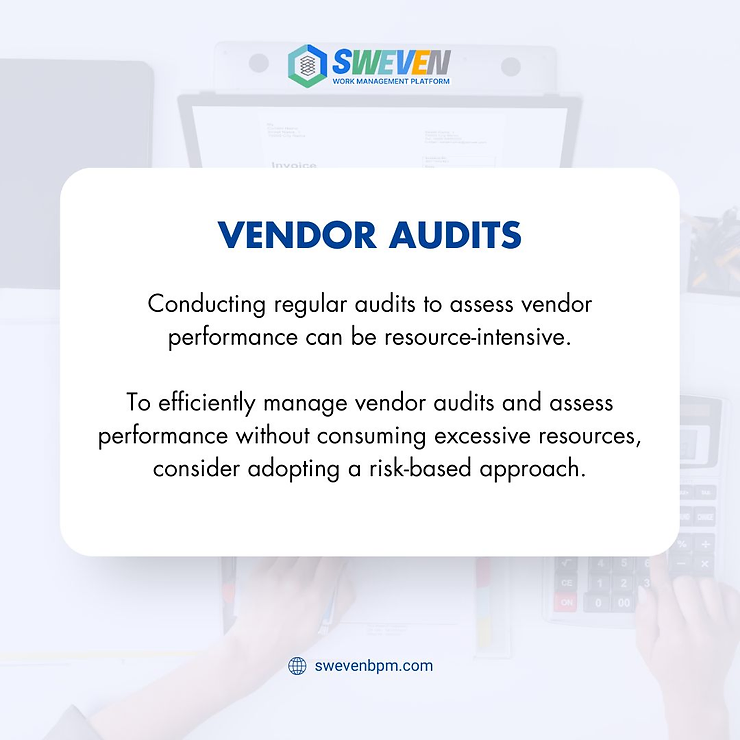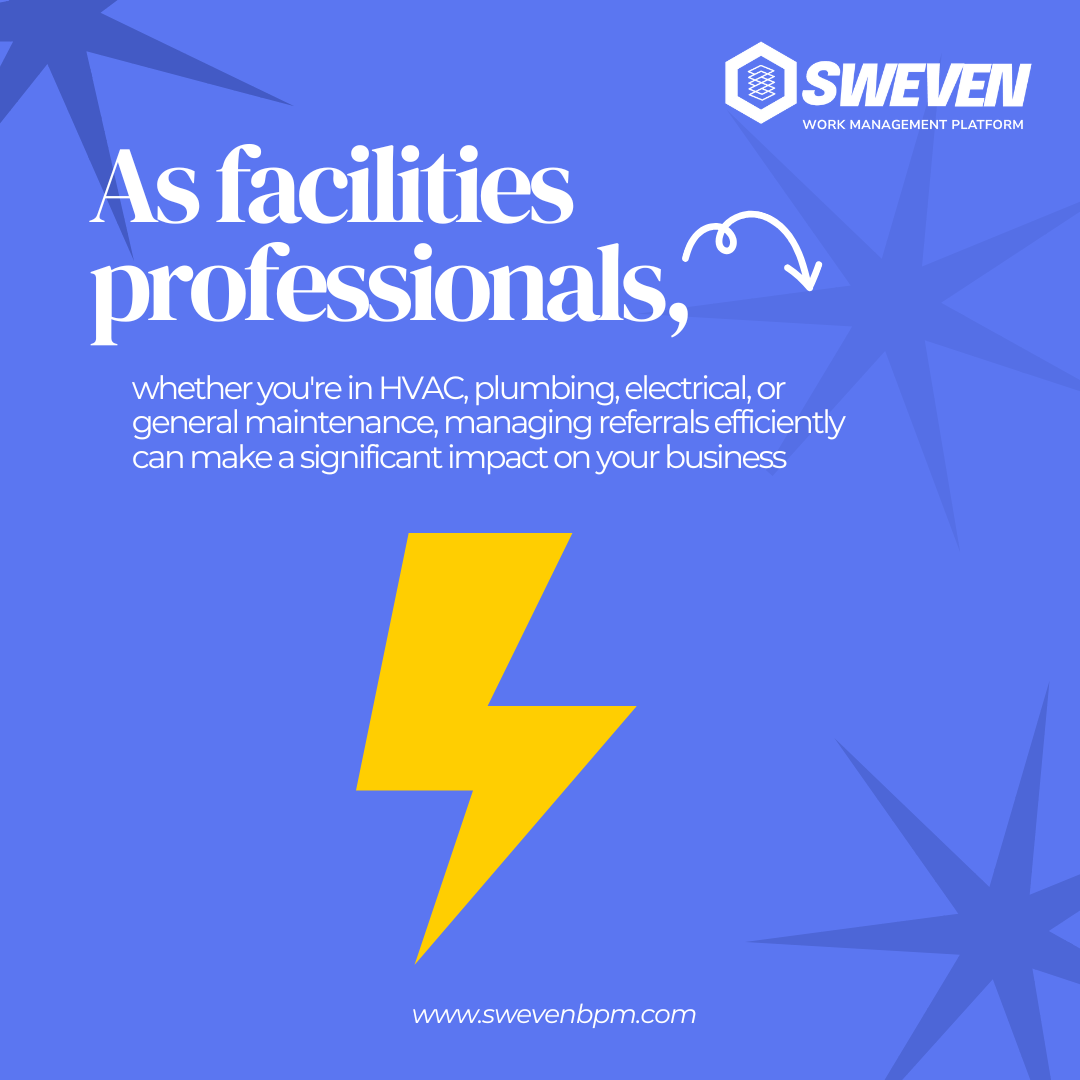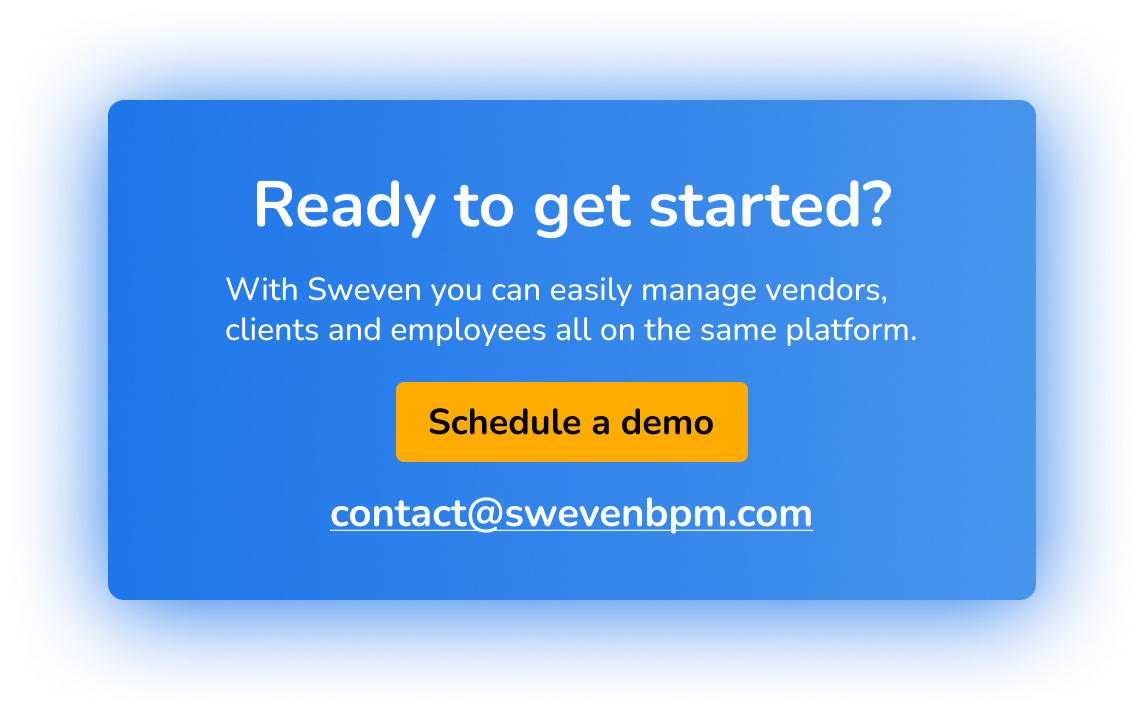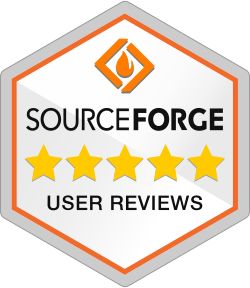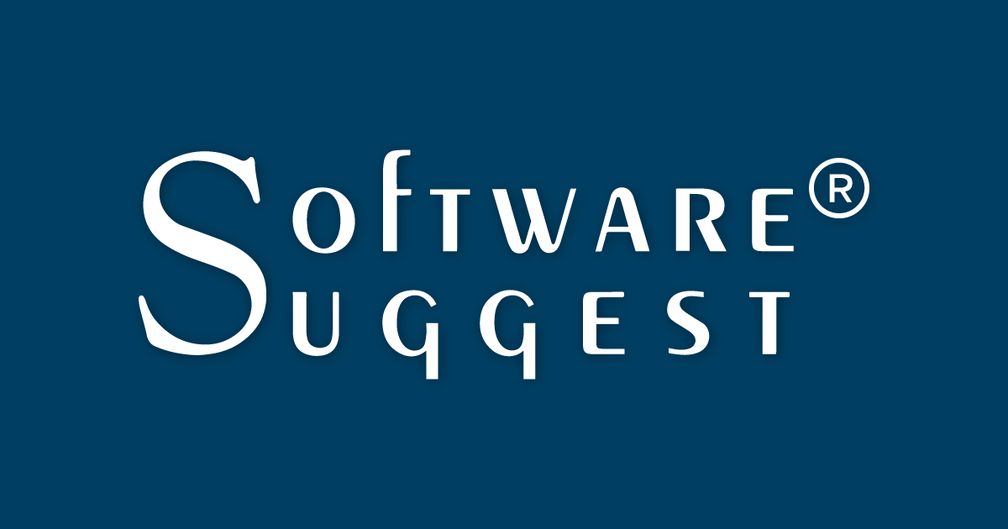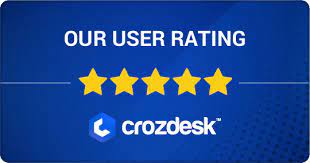In the intricate tapestry of modern business, vendor audits play a crucial role in assessing and ensuring vendor performance. However, the resource-intensive nature of traditional audit processes can pose challenges. This blog will explore the advantages of adopting a risk-based approach to vendor audits, leveraging technology, and maintaining open communication channels to efficiently manage vendor performance assessment.
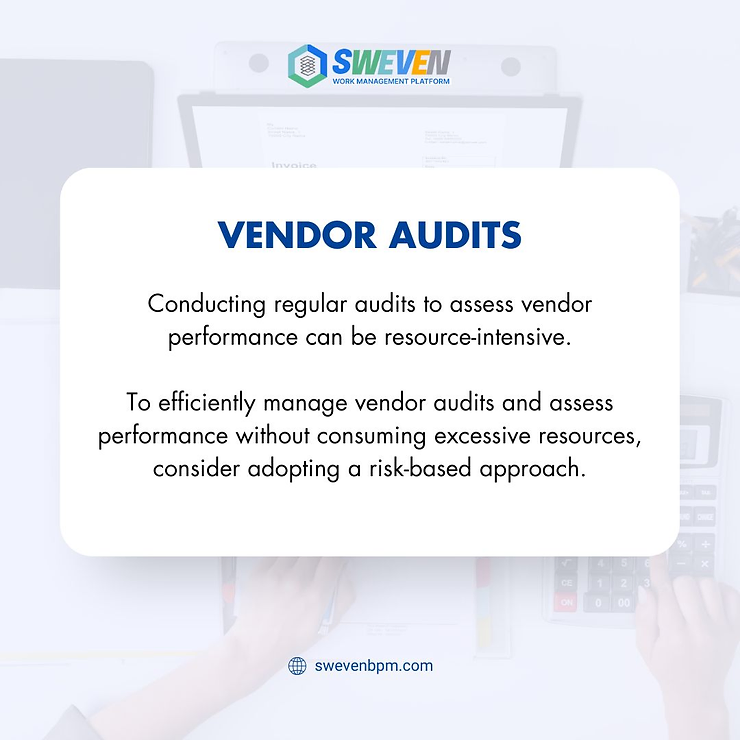
The Challenge of Resource-Intensive Vendor Audits:
Conducting regular vendor audits is essential for maintaining a high standard of performance and compliance. However, the traditional approach to audits can be time-consuming and resource-intensive, often requiring significant manual effort and analysis.
Adopting a Risk-Based Approach:
A risk-based approach to vendor audits involves prioritizing vendors based on factors such as criticality, contract value, or past performance. This approach allows businesses to allocate resources efficiently by focusing on vendors with the greatest impact on operations.
1. Prioritization Criteria:
- Criticality: Assess the criticality of vendors in relation to your business operations.
- Contract Value: Consider the financial and operational impact of each vendor contract.
- Past Performance: Evaluate historical performance data to identify areas of concern or improvement.
2. Determining Audit Frequency and Depth:
- High-priority vendors may undergo more frequent and in-depth audits.
- Low-risk vendors may be subject to less frequent or lighter audits.
Leveraging Automated Auditing Tools:
The integration of automated auditing tools and software is a game-changer in the realm of vendor management. These tools streamline data collection and analysis, reducing the need for extensive manual efforts and ensuring accuracy.
1. Data Collection Automation:
- Automate the collection of relevant data, including performance metrics, compliance records, and other key indicators.
- Use technology to compile and organize data efficiently.
2. Analysis and Reporting Automation:
- Implement automated analysis tools to quickly identify trends, anomalies, or areas of concern.
- Generate comprehensive reports in a fraction of the time compared to manual processes.
Exploring Continuous Monitoring Systems:
Consider the implementation of continuous monitoring systems that provide real-time insights into vendor performance. This approach allows for immediate corrective actions when issues arise, contributing to a more agile and responsive vendor management strategy.
1. Real-Time Performance Insights:
- Continuous monitoring systems provide real-time visibility into vendor activities.
- Promptly identify and address performance issues as they occur.
2. Proactive Issue Resolution:
- Address concerns proactively to minimize the impact on operations.
- Foster a culture of continuous improvement by addressing issues in real-time.
Establishing Clear Communication Channels:
Open communication channels with vendors are essential for proactive issue resolution and relationship building. By maintaining transparent and collaborative communication, businesses can address concerns and discrepancies without the need for extensive audits.
1. Regular Check-Ins:
- Schedule regular check-ins to discuss ongoing projects and address concerns.
- Create an environment where vendors feel comfortable communicating challenges and proposing solutions.
2. Proactive Issue Resolution:
- Encourage vendors to proactively address issues on their end.
- Provide support and resources to facilitate issue resolution.
–
Efficiently managing vendor audits requires a strategic and balanced approach that optimizes resource utilization. By adopting a risk-based approach, leveraging automated auditing tools, exploring continuous monitoring systems, and maintaining clear communication channels, businesses can assess vendor performance effectively without overwhelming their resources. This streamlined approach not only enhances operational efficiency but also fosters stronger, more collaborative relationships with vendors, contributing to the overall success of the business.
